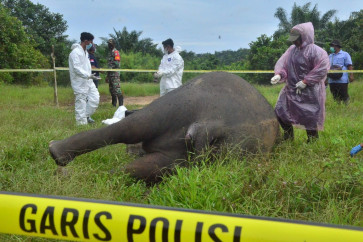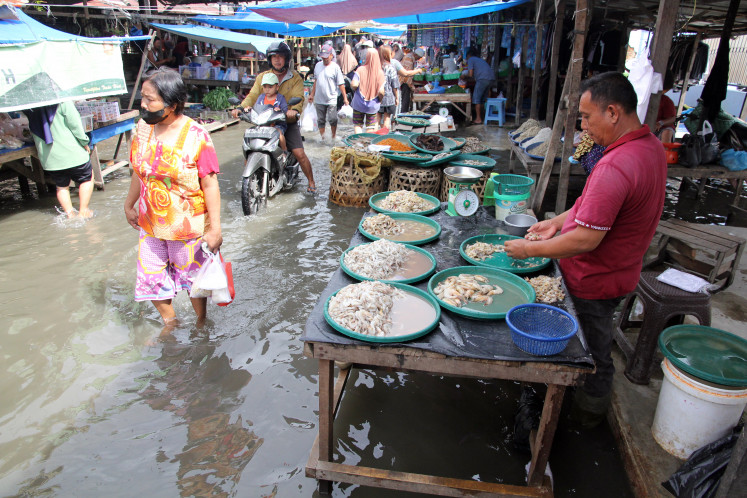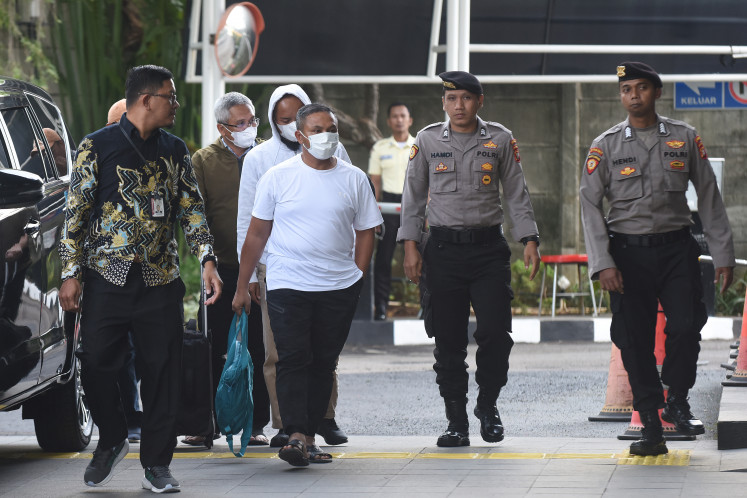Popular Reads
Top Results
Can't find what you're looking for?
View all search resultsPopular Reads
Top Results
Can't find what you're looking for?
View all search resultsReport tells heartbreaking story of Minamata disease in Sulawesi
A new report has revealed the brutal impact on young children of gold mining practices in a remote area of Southeast Sulawesi
Change text size
Gift Premium Articles
to Anyone
A new report has revealed the brutal impact on young children of gold mining practices in a remote area of Southeast Sulawesi.
In July, a US non-profit journalism organization, the Pulitzer Center on Crisis Reporting, issued the report, written by award winning journalist Larry C. Price, on severe mercury poisoning from small-scale gold mining in Rau-Rau, Southeast Sulawesi.
Titled 'Dita's World', the report tells the sad story of 10-year-old Dita, who was born without complication and grew just like other children until she was 3 years old, when she started having seizures.
After that, Dita's world changed drastically. She could not walk, she lost control of her arms and legs and she stop talking. Now, at 10, she is unable to leave her house.
Dita's story is one of many similar stories in the area. Doctors from two Indonesian non-profit organizations, BaliFokus and the Medicuss Foundation, have now diagnosed these children with Minamata disease, a syndrome named after the Japanese city where it was first discovered.
In Minamata, Japan, a chemical plant released untreated wastewater into the ocean, contaminating the city's fish supply. Over 2,500 local residents have now suffered from severe deformities and neurological damage caused by chronic mercury poisoning.
Minamata disease outbreaks in Sulawesi, where many gold mining companies operate, are common.
The report says that Dita and other children are victims of small-scale gold mining operations, which according to the United Nations Environmental Program, are the single largest source of mercury emissions globally. A 2011 report identifies at least 850 small-scale gold mining hotspots found in Indonesia.
BaliFokus, which researches environmental pollution, and Medicuss, which represents a group of Indonesian physicians, conducted research projects in three mercury hotspots, including in Dita's region, between February and March this year.
The research shows that the mercury level where Dita lives was 41,000 nanograms per cubic meter in one gold shop ' more than 40 times the safe level established by WHO and the US Department of Health and Human Services. The standard stipulates that readings above 10,000 nanograms per cubic meter are cause for immediate evacuation. (ika)(+++)










